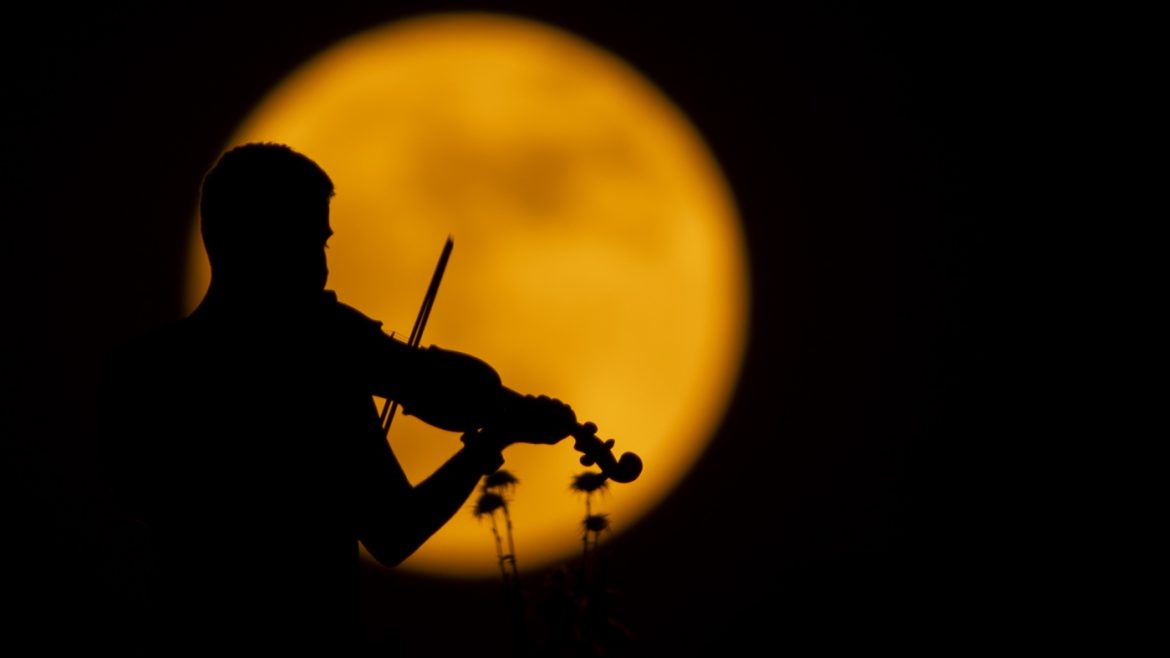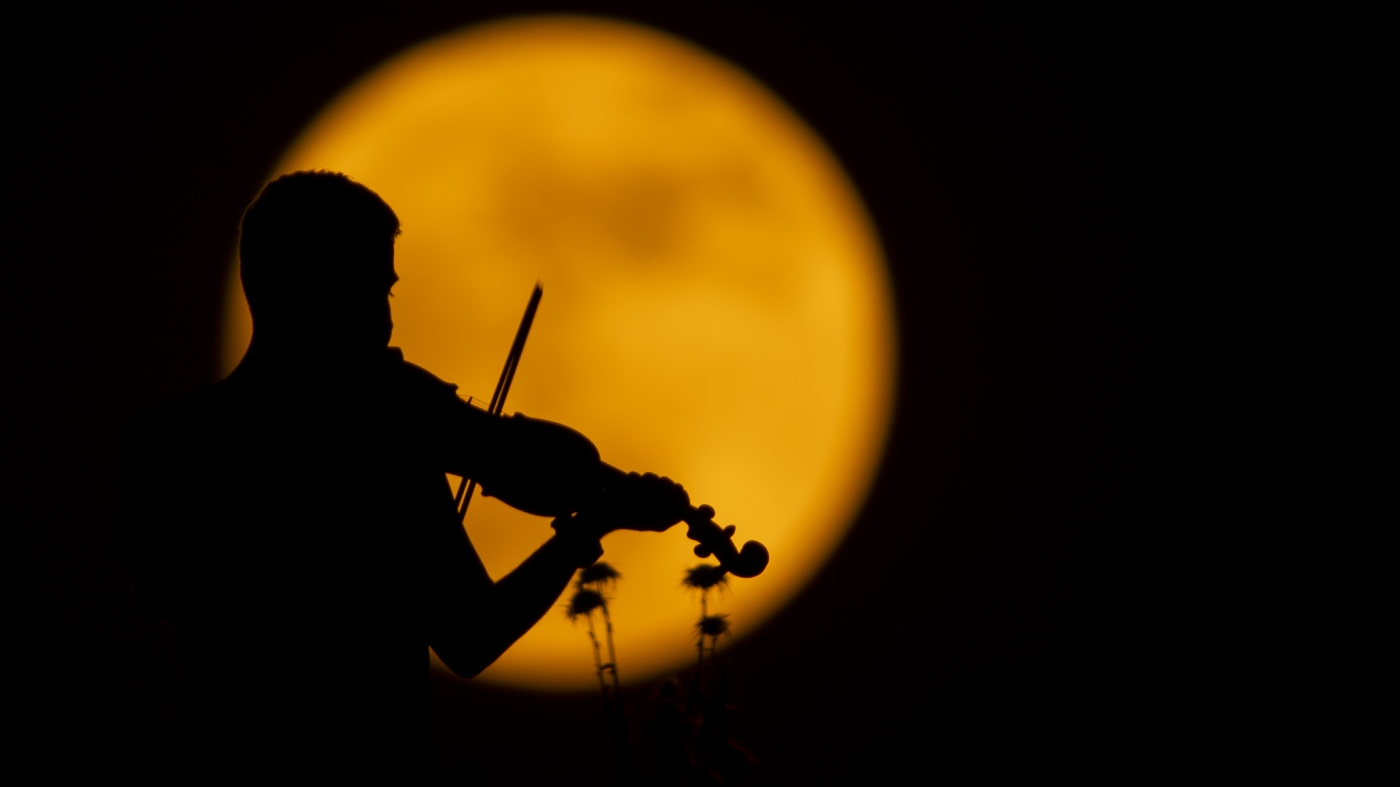The June Full Moon: A Visual and Celestial Spectacle of 2025
June’s full moon, widely known by the evocative name “Strawberry Moon,” has long held a place of significance both culturally and astronomically. In 2025, this monthly celestial event captivated skywatchers worldwide with particularly rare and stunning features that elevated its usual charm into a spectacular phenomenon. This comprehensive account explores the multiple dimensions of the 2025 Strawberry Moon—from its historical naming and astronomical uniqueness to its widespread photographic celebration, grounding each aspect in the vivid impressions captured by observers everywhere.
Origins and Symbolism of the Strawberry Moon
The term “Strawberry Moon” is rooted in tradition, marking the harvest season of strawberries in early June. This naming convention, used historically by Native American tribes and later Americana, connects lunar cycles intimately with agricultural rhythms and natural cycles of growth. Unlike some full moons that derive names from colors or other natural phenomena, the Strawberry Moon directly signifies a seasonal milestone, leveraging the lunar calendar as a cultural ledger to track the environment.
Thus, the Strawberry Moon is not simply a visual event but an emblematic one, signaling the fullness of early summer and the fertility of the earth expressed through fruit ripening. This human connection lends the moon a kind of poetic timelessness, bridging the ancient with the contemporary.
Astronomical Uniqueness: The 2025 Major Lunar Standstill
What truly set the June 2025 Strawberry Moon apart was its unusual position in the night sky, aligning with a rare astronomical occurrence known as a “major lunar standstill.” This event—a result of the moon’s 18.6-year nodal cycle—means the moon’s declination reaches a maximum, causing it to appear unusually low on the horizon for a full moon.
During the nights around June 10 and 11, 2025, skywatchers witnessed the moon’s trajectory notably closer to the horizon than typical. This low-riding moonrise amplified the visual effect: the moon appeared approximately 14% larger and 30% brighter than an average full moon. Such a display combined the awe-inducing spectacle of a supermoon with the rare positioning, offering a grandeur not expected again until 2043.
This “once-in-a-generation” alignment drew the attention of astronomers and casual observers alike, marking a remarkable point on the celestial calendar. Photos depicting the moon hanging large and luminous just above rooftops, trees, and cityscapes visually articulated this exclusive event’s intimacy and drama.
A Global Canvas: Photographic Tributes and Public Engagement
The 2025 Strawberry Moon inspired a worldwide outpouring of public interest, captured vividly in thousands of photographs published by media outlets and shared across social platforms. From iconic urban skylines like New York City and Liverpool to natural parks such as Pedernales Falls State Park in Texas, photographers immortalized the moon’s glowing orb as it bathed diverse landscapes in its silvery-pink light.
Many images emphasized the moon’s unusually low elevation, often framed by human subjects who, in some cases, were seen linking hands in shared wonder—as in Ankara, Turkey—underscoring the moon’s role as a unifying spectacle. Social media accounts and public radio stations across multiple regions shared these photos soon after the event, highlighting not only the celestial beauty but also the cultural resonance.
The act of photography itself became a participatory experience, with guides emerging on how to capture this unique lunar event even with smartphones, democratizing access to astrophotography and encouraging popular engagement with astronomy.
Visual Characteristics and Atmospheric Effects
The Strawberry Moon’s reddish or pinkish hue is a characteristic feature, deriving its color not from intrinsic lunar properties but from atmospheric scattering as the moonlight traverses more of Earth’s atmosphere near the horizon. This effect, combined with its size and brightness increase during the major lunar standstill and perigee (the point where the moon is closest to Earth), produced an especially vivid lunar display.
Observers reported a “dazzling” moon that combined size, brightness, and shade to create an almost surreal spectacle. This coloration further linked the moon to its strawberry namesake, deepening the sensory association between sky and season.
Broader Astronomical Context: From Spring to Summer
The 2025 full Strawberry Moon also marked the end of spring and the transition into summer, a liminal moment underscored by its timing in the lunar and solar calendars. The last full moon of spring, it seemed to herald both culmination and commencement, aspects reflected in its rich symbolism and in the widespread enthusiasm it engendered.
This timing is also scientifically relevant; the moon’s orbital mechanics around this date lead to its pronounced size and brightness enhancements, making its appearances especially prime times for skywatching.
Conclusion: An Astronomical and Cultural Gem
The June 2025 Strawberry Moon stands out as a stellar example of how natural phenomena resonate deeply on multiple levels—scientific, aesthetic, and cultural. Its rare low trajectory during a major lunar standstill, enhanced brightness and size, combined with the ancient agricultural symbolism of “strawberries ripe,” created a memorable celestial event that united people around the world in awe and celebration.
Photographic documentation preserved this event’s magic, spreading its beauty beyond regional skies into a shared global experience. The Strawberry Moon thus reminds us of our enduring connection to the cosmos, the rhythm of seasons, and the power of nature to inspire wonder across generations. As we look forward to the next major occurrences in 2043 and beyond, the 2025 display remains a luminous benchmark in the celestial calendar.


